George Anghelescu’s first solo show at Galeria H’Art opened at the beginning of October 2014. Dulce et Decorum brings together his research of the past 2 years. The title refers Horatio’s famous saying, “dulce et decorum est, pro patria mori”, in the name of which wars, totalitarian regimes as well as democratic and capitalist regimes committed numerous crimes against humanity. We live in a world where man is both victim and agressor, but history is rarely written by victims. George Anghelescu choses to give voice to victims whose stories moved him, either because they reference his affective memory, either because they stood out in the flux of information he receives daily.
The artist renounces the series format, thus avoiding to fall into the stereotypical presentation of solo shows on the local (and perhaps even international) scene in the past years. His main focus is testing his ability as a creator of painterly images. At times he proposes painstaking solutions to certain composition details, real tests of virtuosity, at others he chooses the free brush movements of abstract painting. He tests the limits of the canvas by scratching the surface. The show at H’art Gallery brings together paintings and drawings, photorealist images built through a collage of techniques and styles which hide a universe with suprising and very diverse themes. What brings them together seems to be an older interest of George Anghelescu: observing humans and the relations they entertain in moments of extreme tension, of absurd violence, which invite one to meditate upon what Hannah Arendt termed the “banality of evil”. He works within the humanity/dehumanization binome by addressing the body as the place where the memory of trauma is stored. “But the body is inherently involved in a political field, power relations operate an immediate integration on it, they invest it, mark it” (Foucault, Surveillance and Punishment). The politically invested body has its own semiotics, visible through the analysis of the relations of power and domination.
The Genie, for example, is a strange work depicting a little girl next to a house. Her strange posture, with the body leaning forward, the rigid neck and shoulders, translates the specific twist trauma has inscribed. The dyptich Aux grands hommes is a false hommage to Antonio Egas Moniz, the Portuguese who in 1949 recived the Nobel prize for “discovering the therapeutical value of leucotomy in the treatment of psychosis”. Leucotomy, or lobotomy, is the most controversial psycho-surgical technique used in the treatment of psychologic conditions. George Anghelescu expands the word to encapsulate more than the surgery practice: he considers that actions that lead to the marking or the distroying of people’s personalities can also be considered as “lobotomy”. The little girl bears the traces of such a lobotomy: during the first years of her life, she was abused by her father. Physical violence, deprivation of affectivity, can have on a psychic level the same effect as lobotomy. George meditates on the body as a site of trauma, the body as matter which transcribes the consequences of physical experiences or emotional trauma, experienced by the victim within power games.
Dulce et Decorum writes stories by putting together bits of narrative which reference recent history, violence, drama. Hypostases of the degradation of the human being.
Dulce et Decorum was at H Art Gallery between October 3 – November 8, 2014.
POSTED BY
Valentina Iancu
Valentina Iancu (b. 1985) is a writer with studies in art history and image theory. Her practice is hybrid, research-based, divided between editorial, educational, curatorial or management activities ...


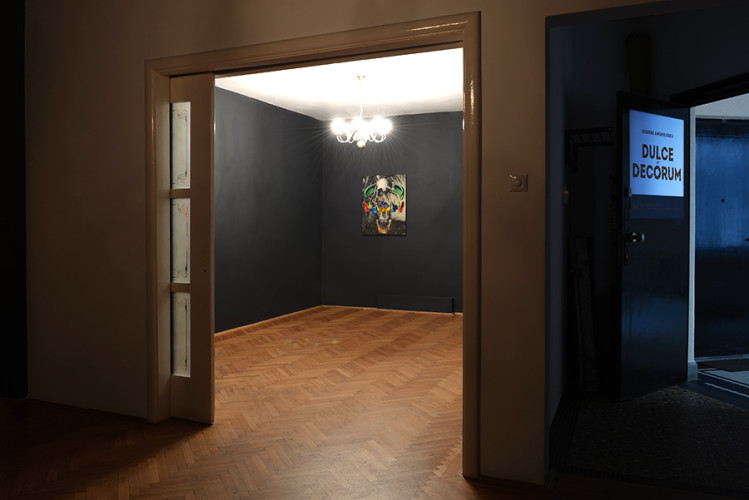
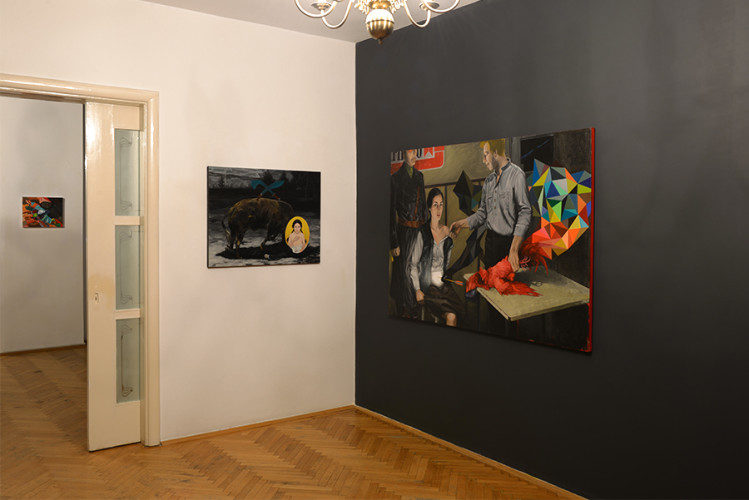
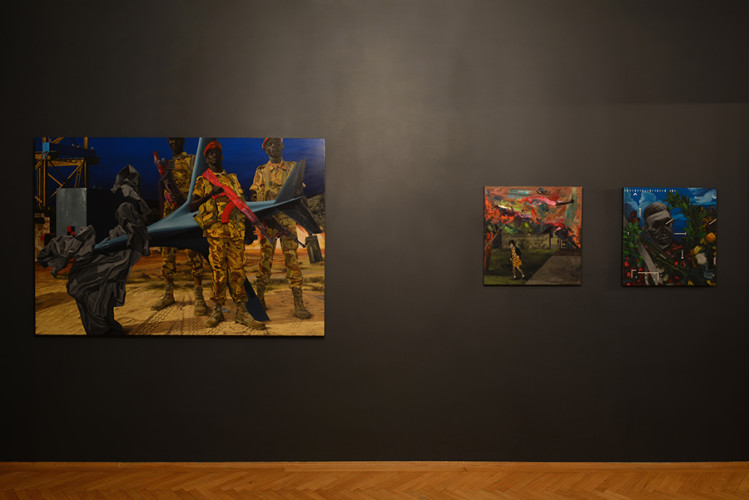
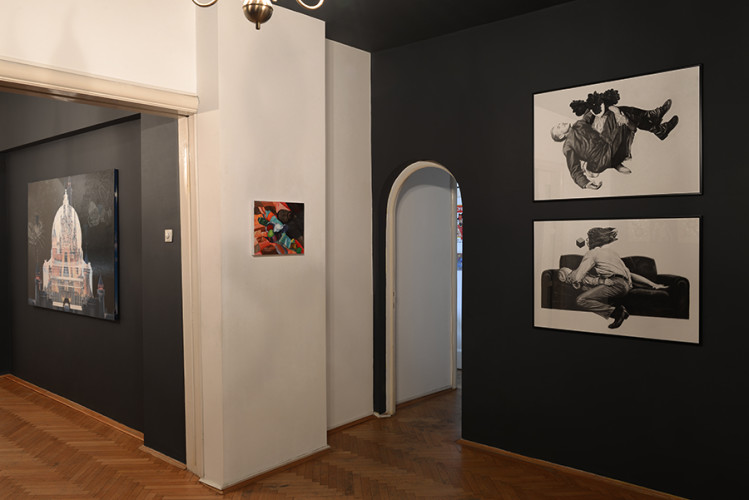
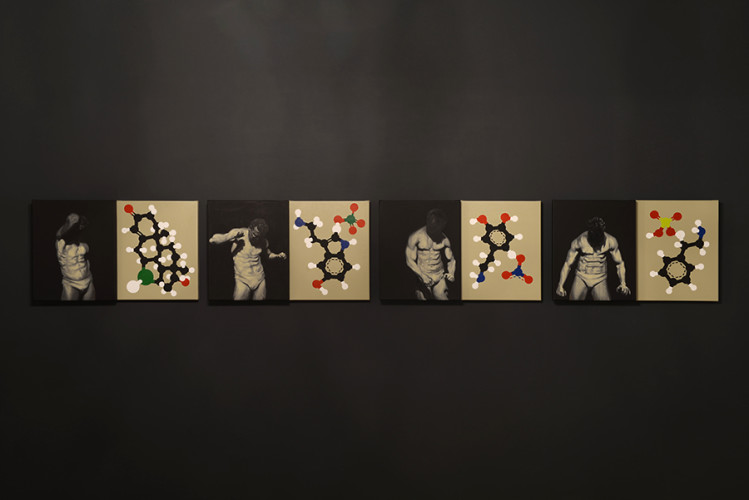

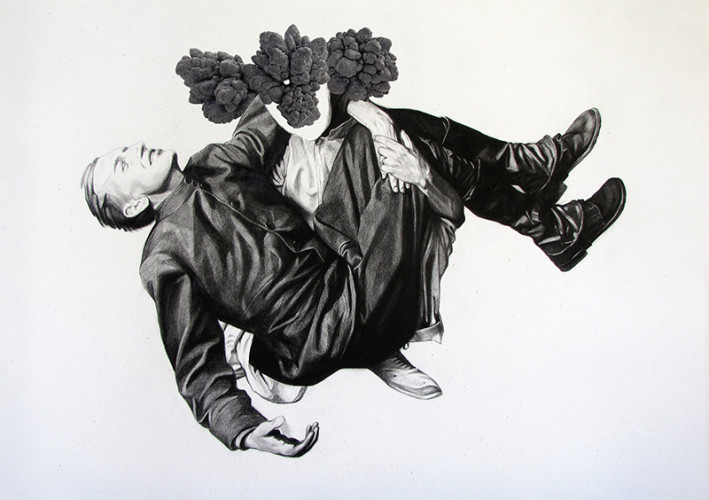
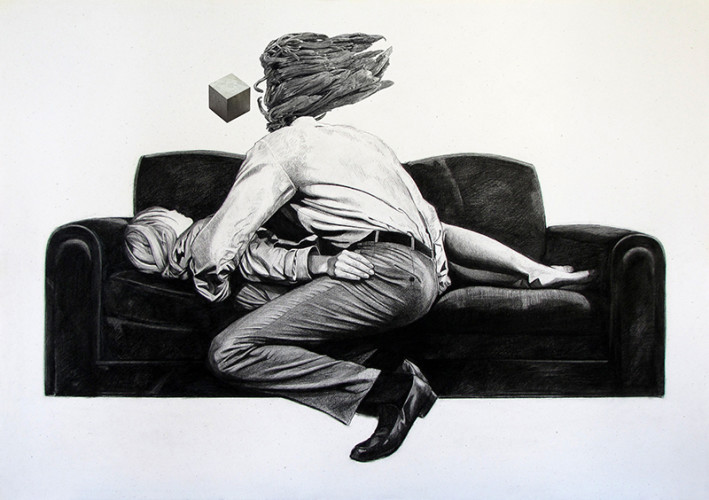
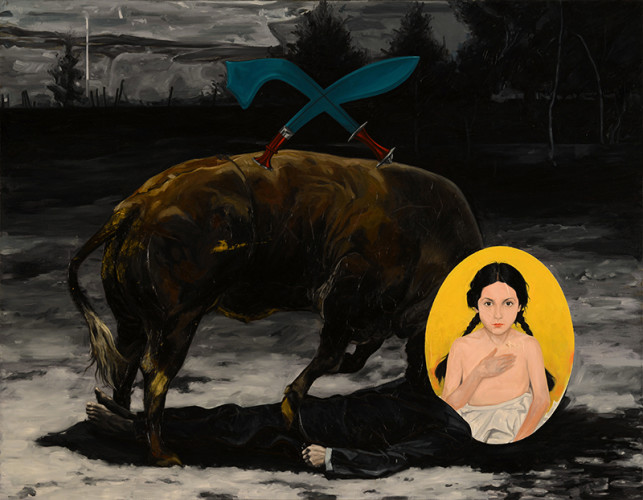
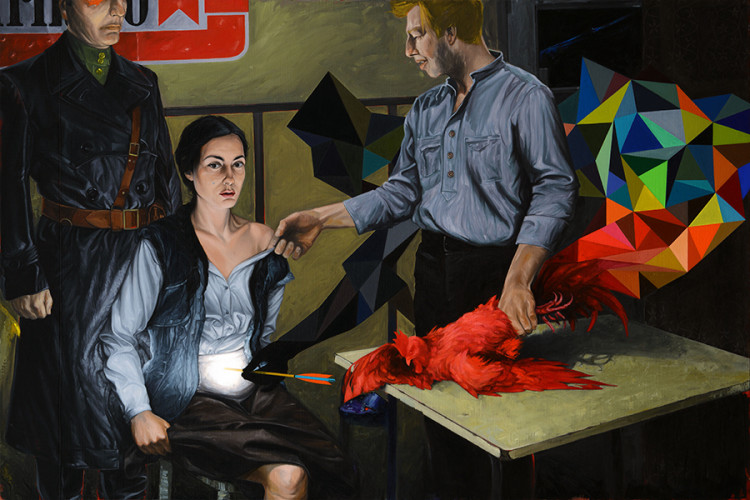
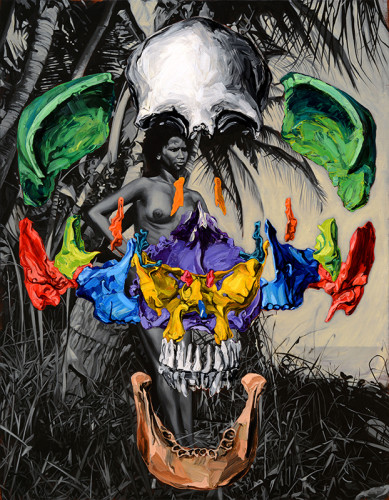
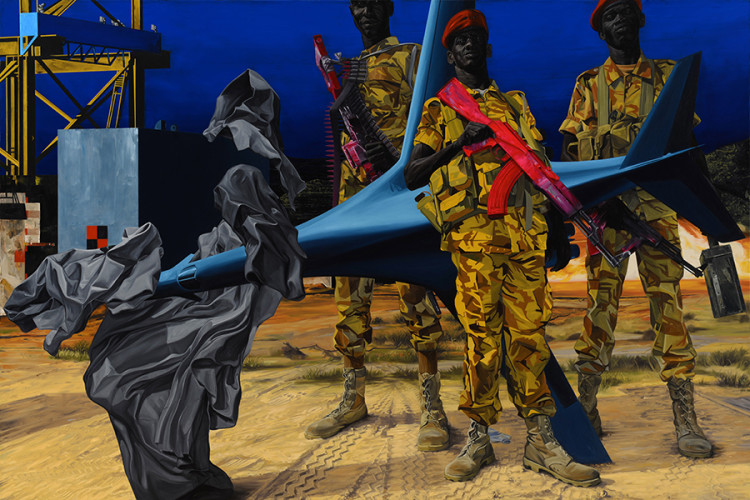
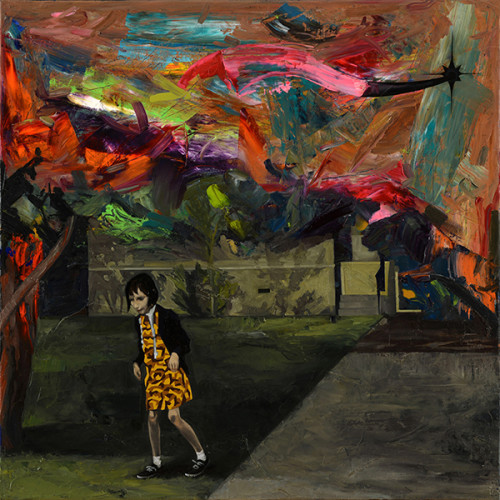
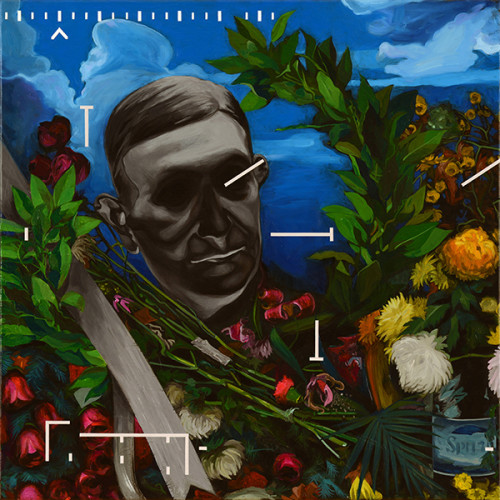




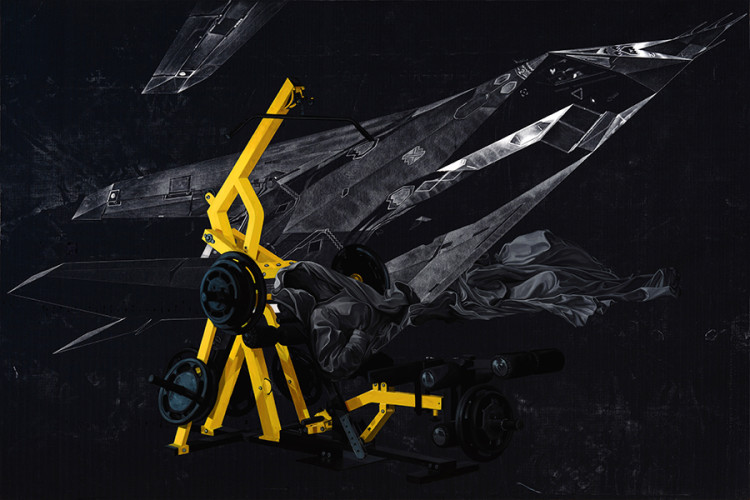
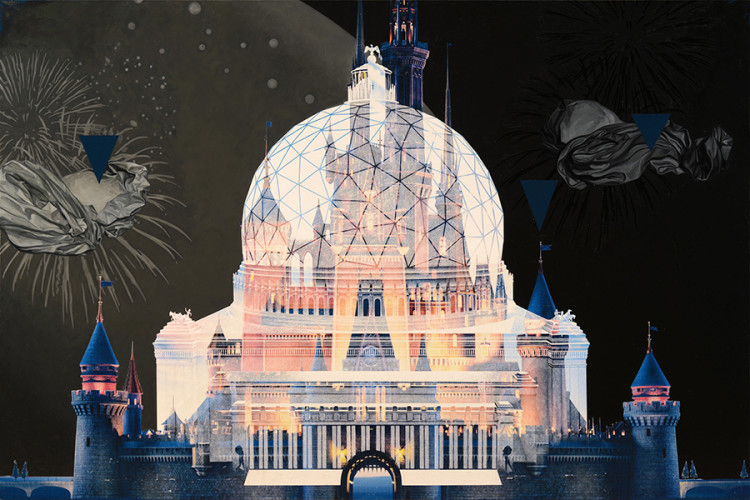
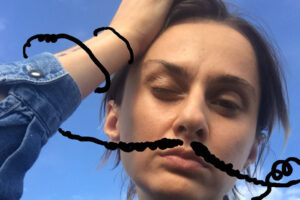
Comments are closed here.